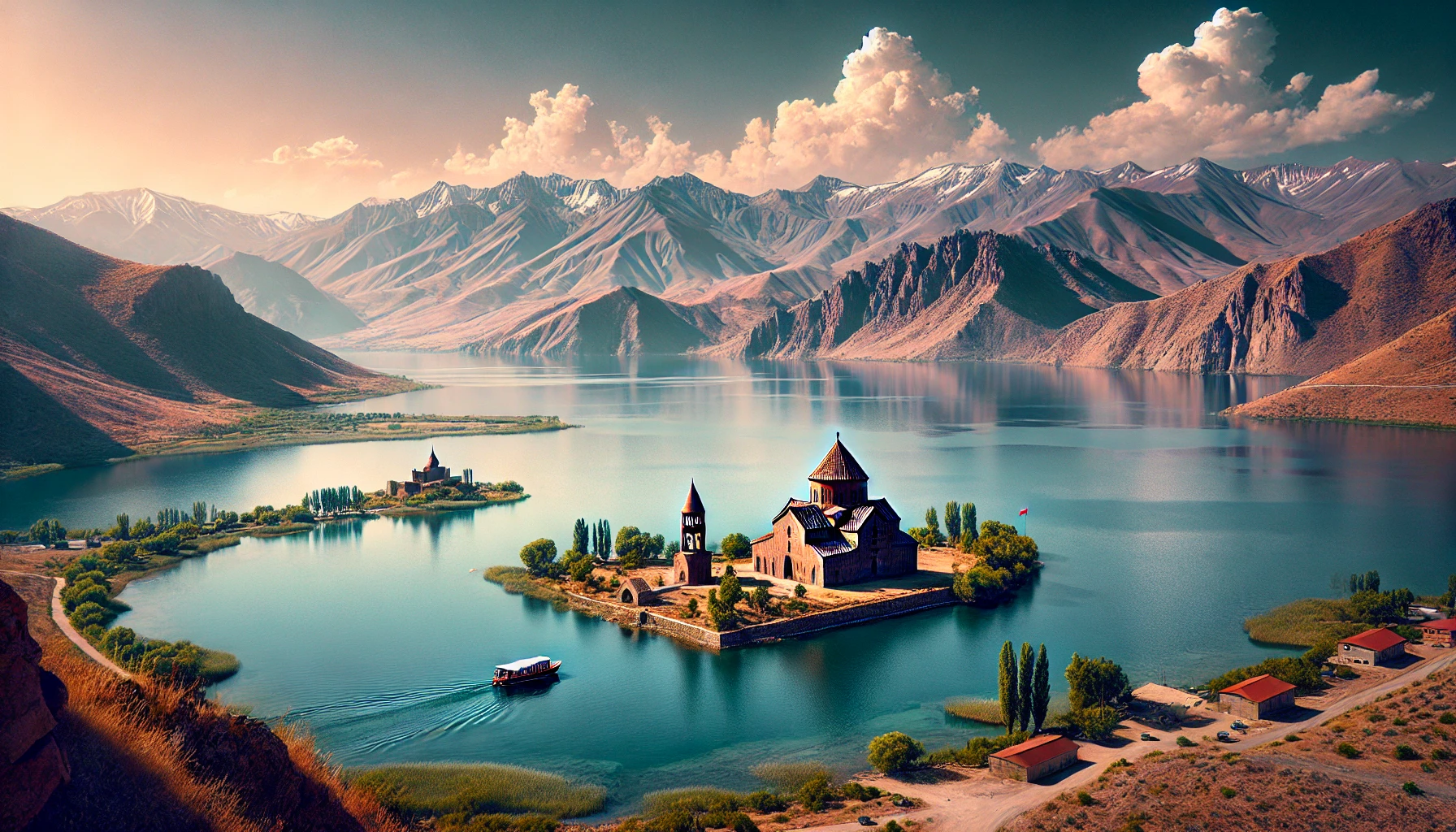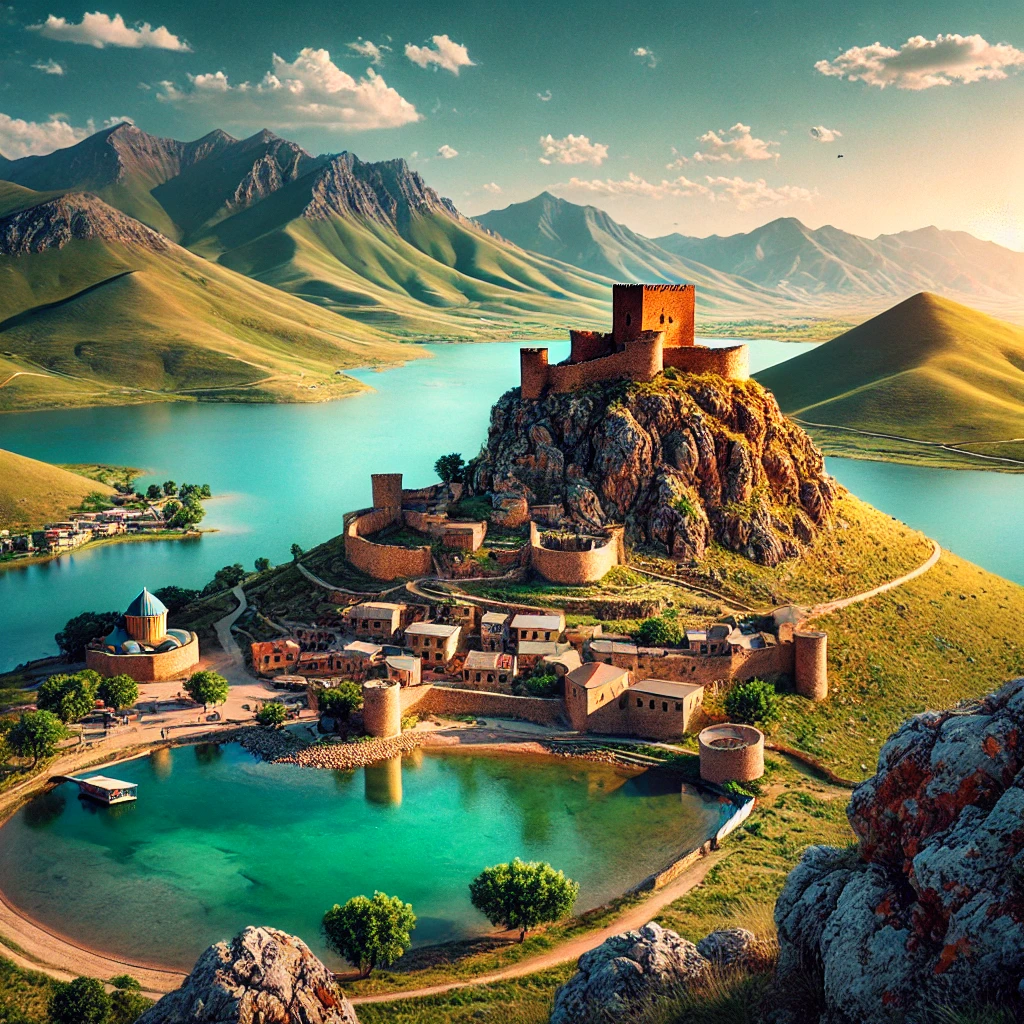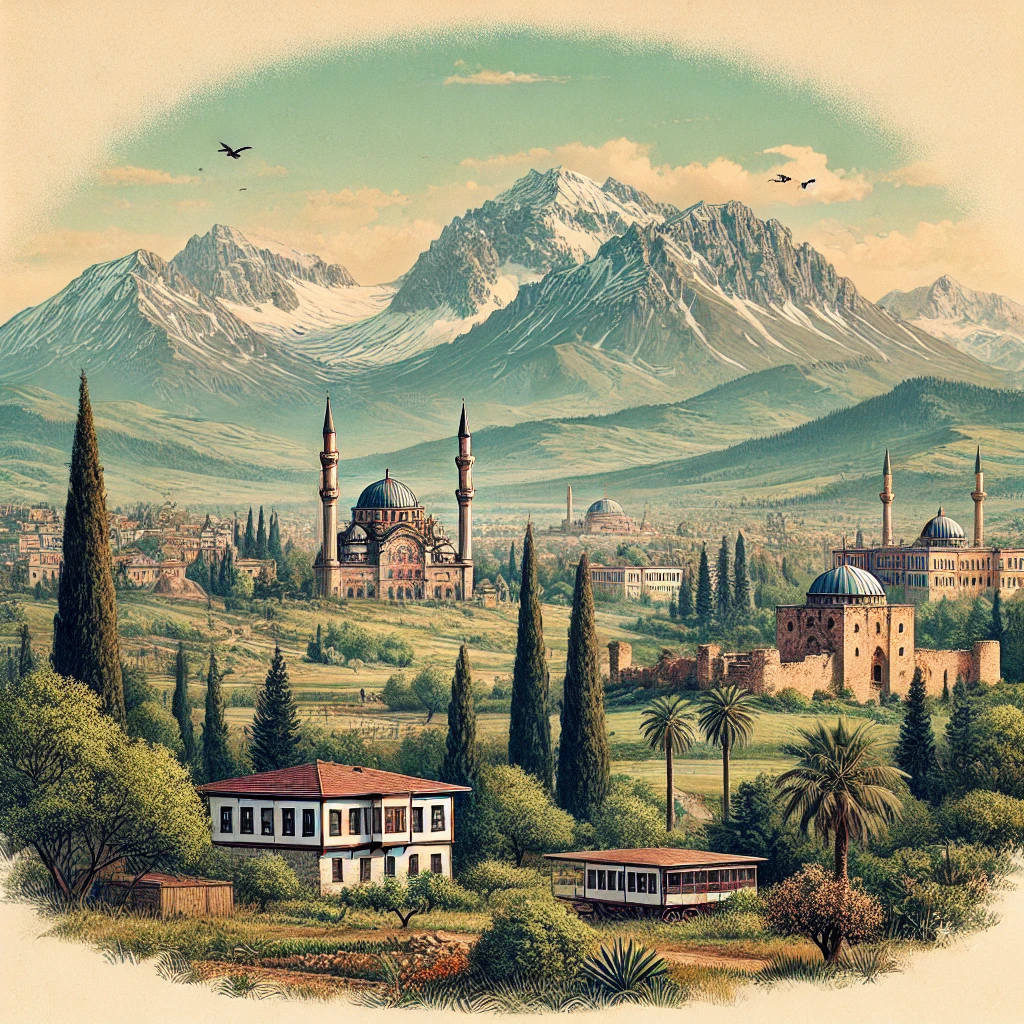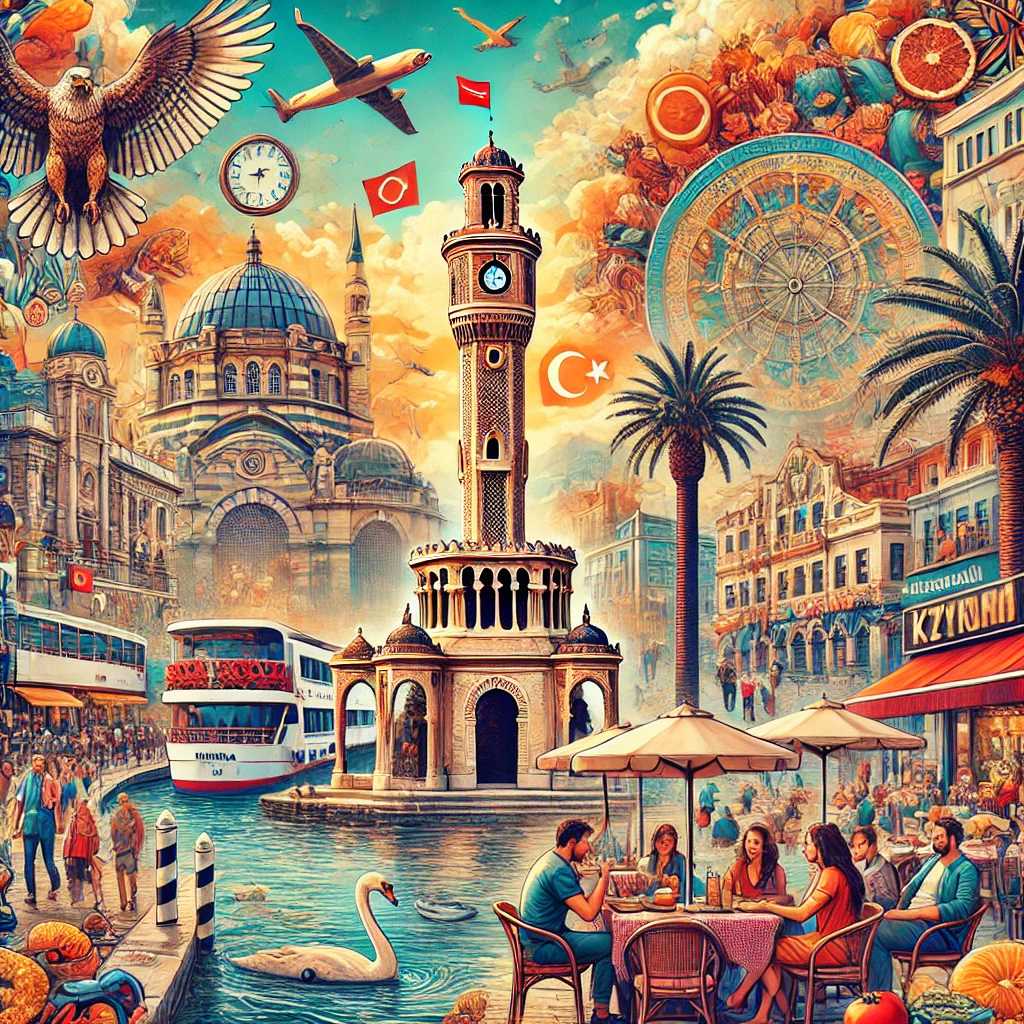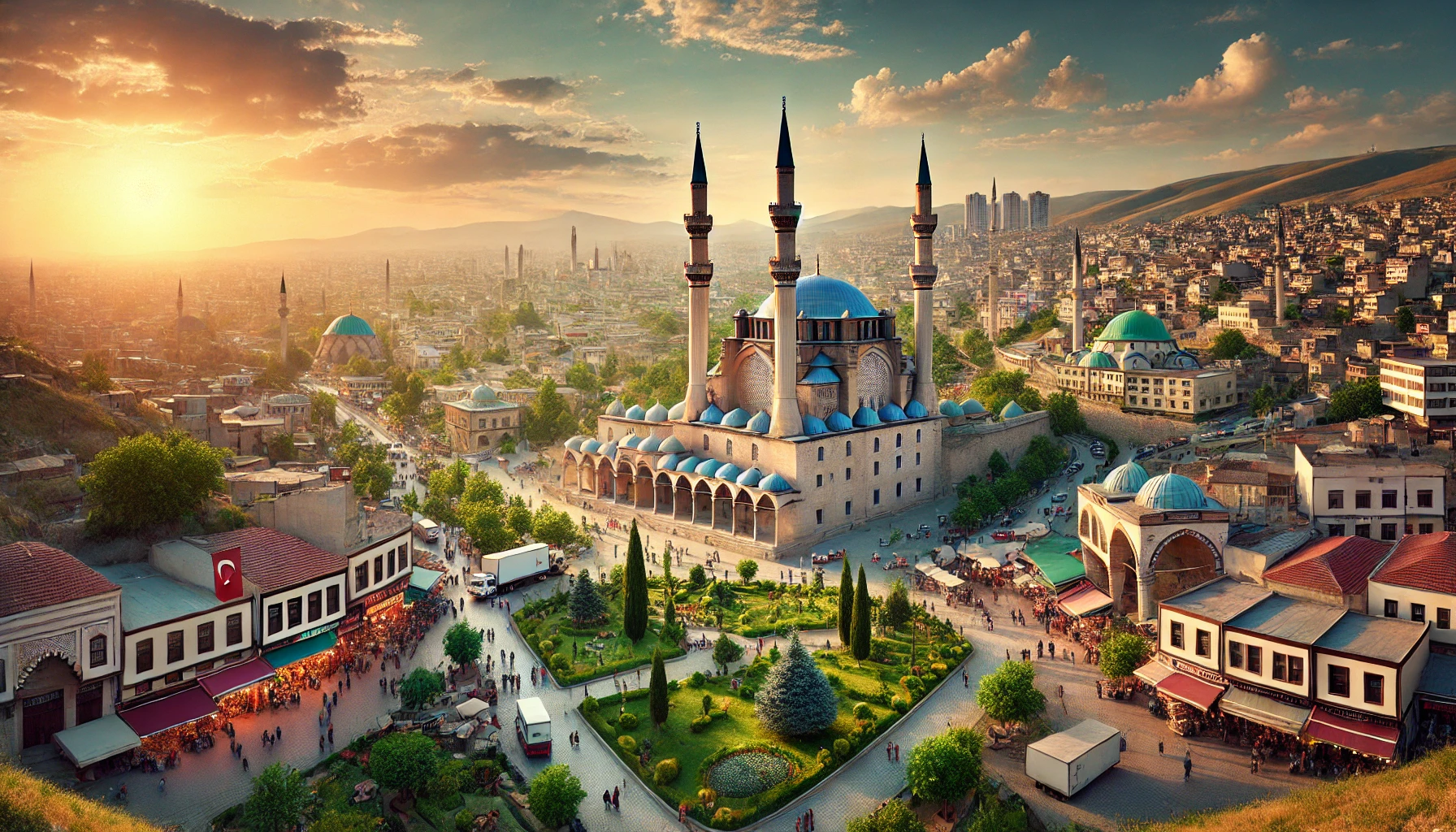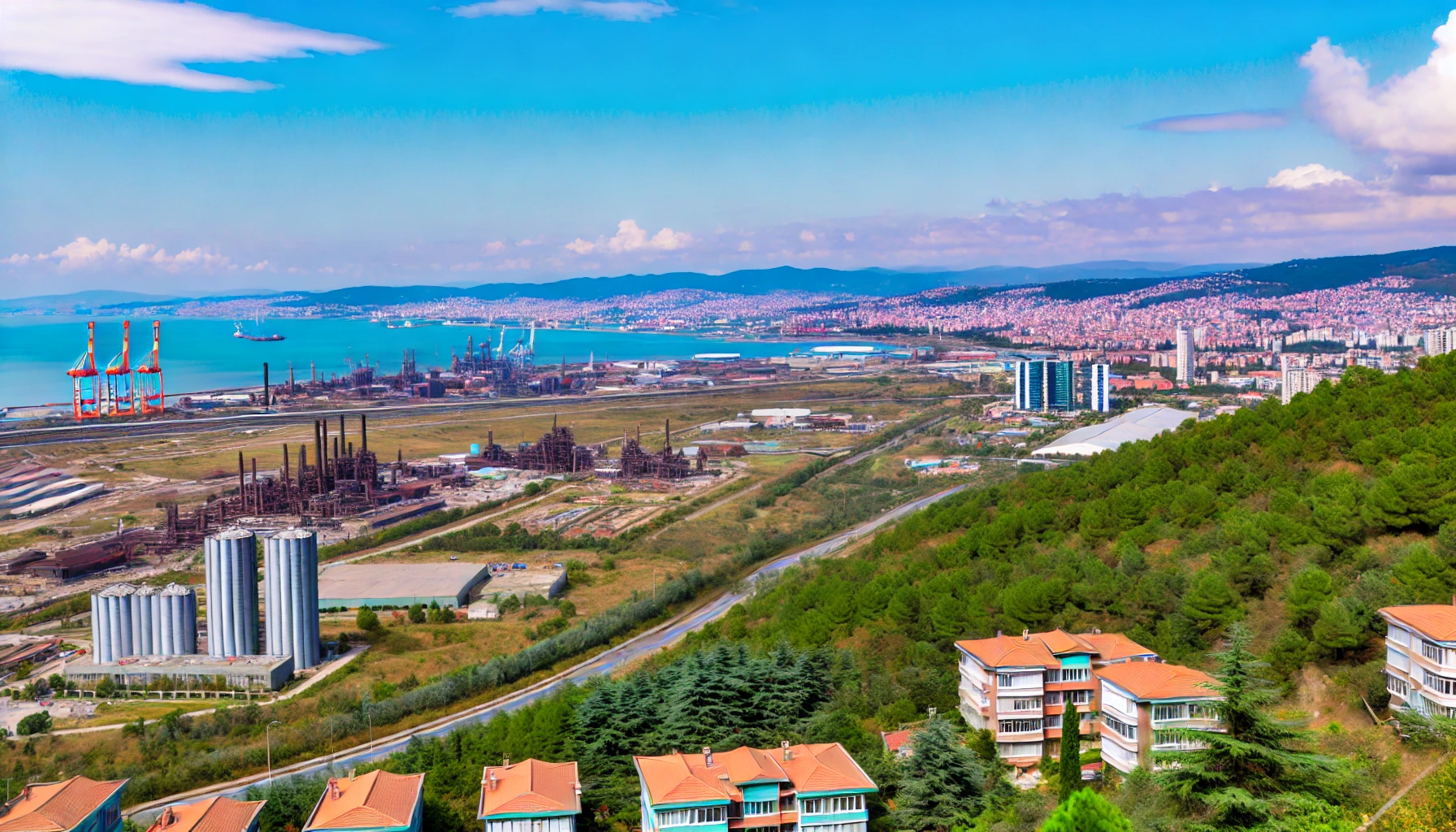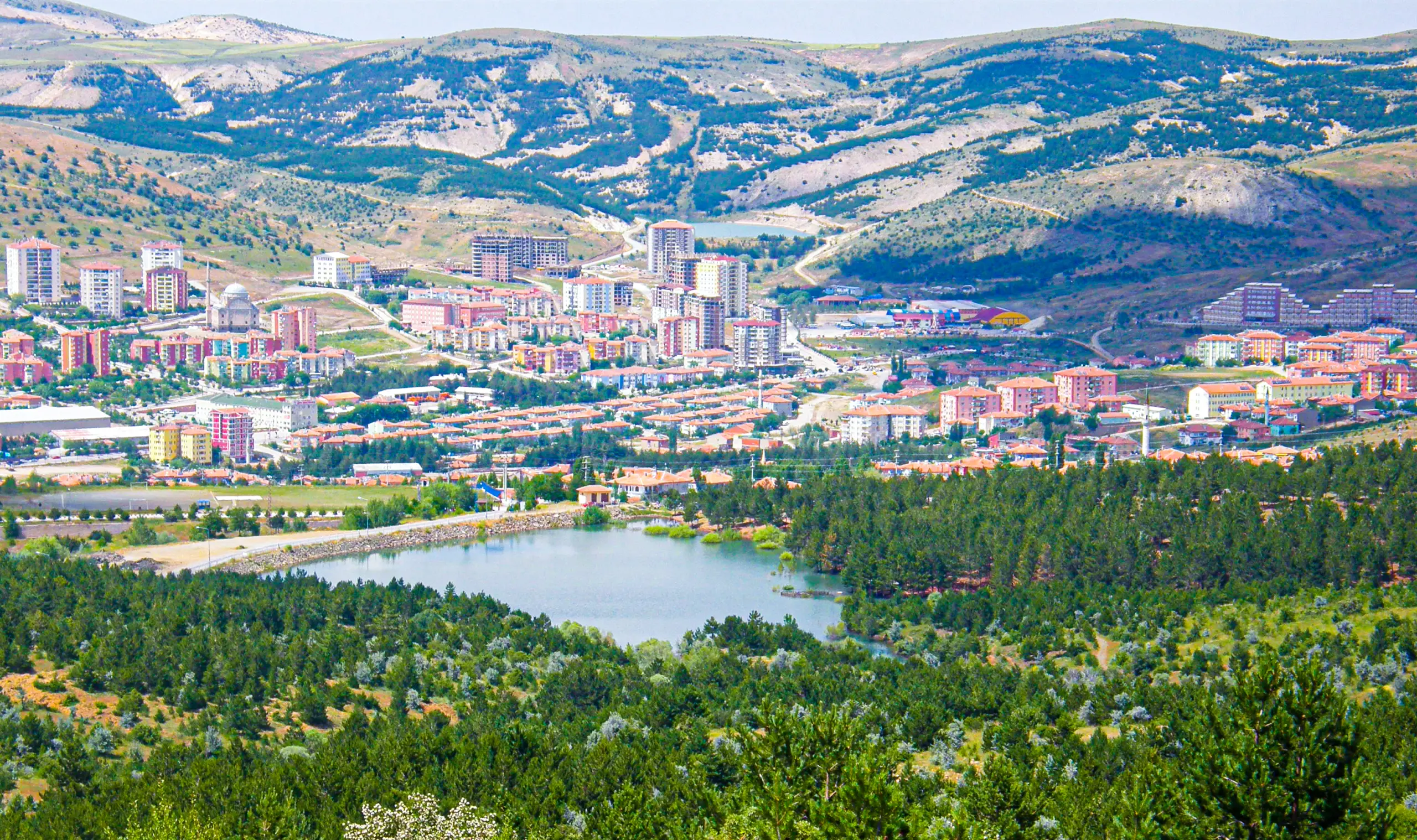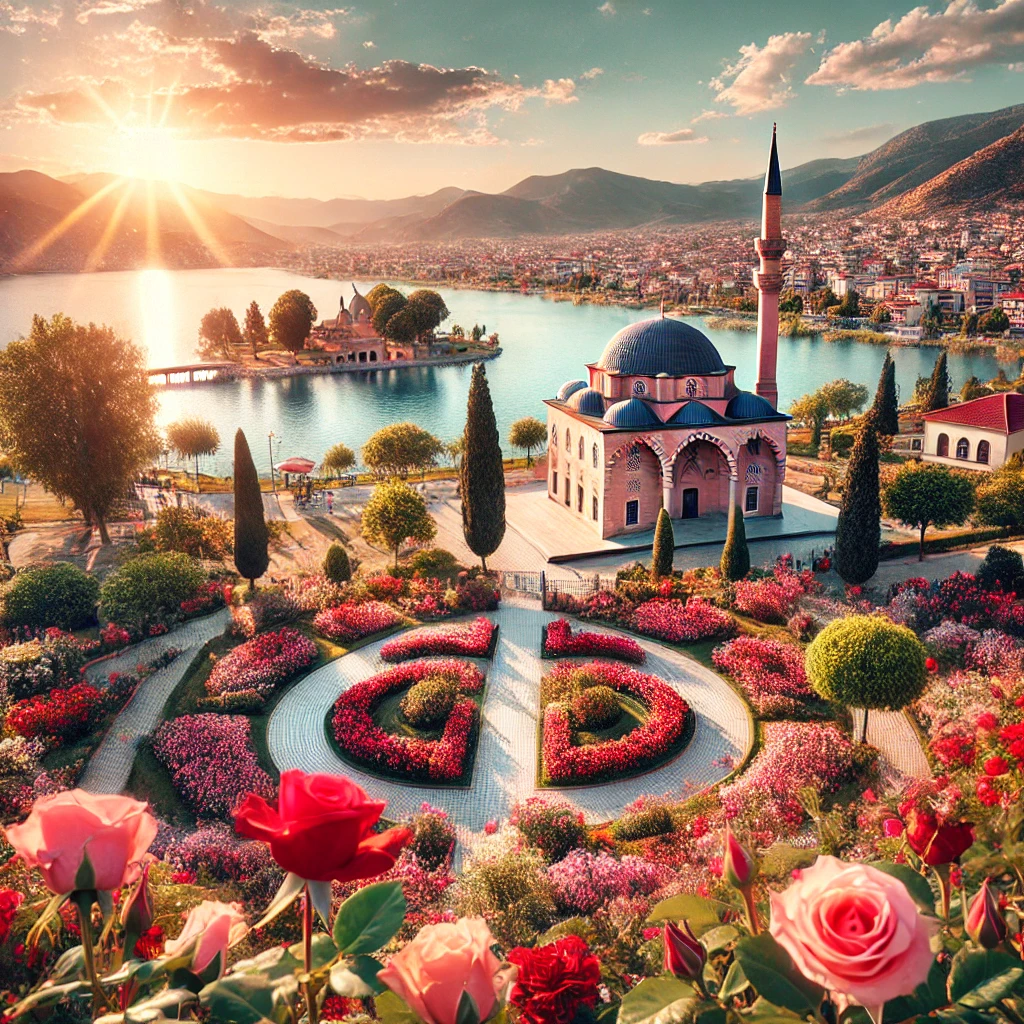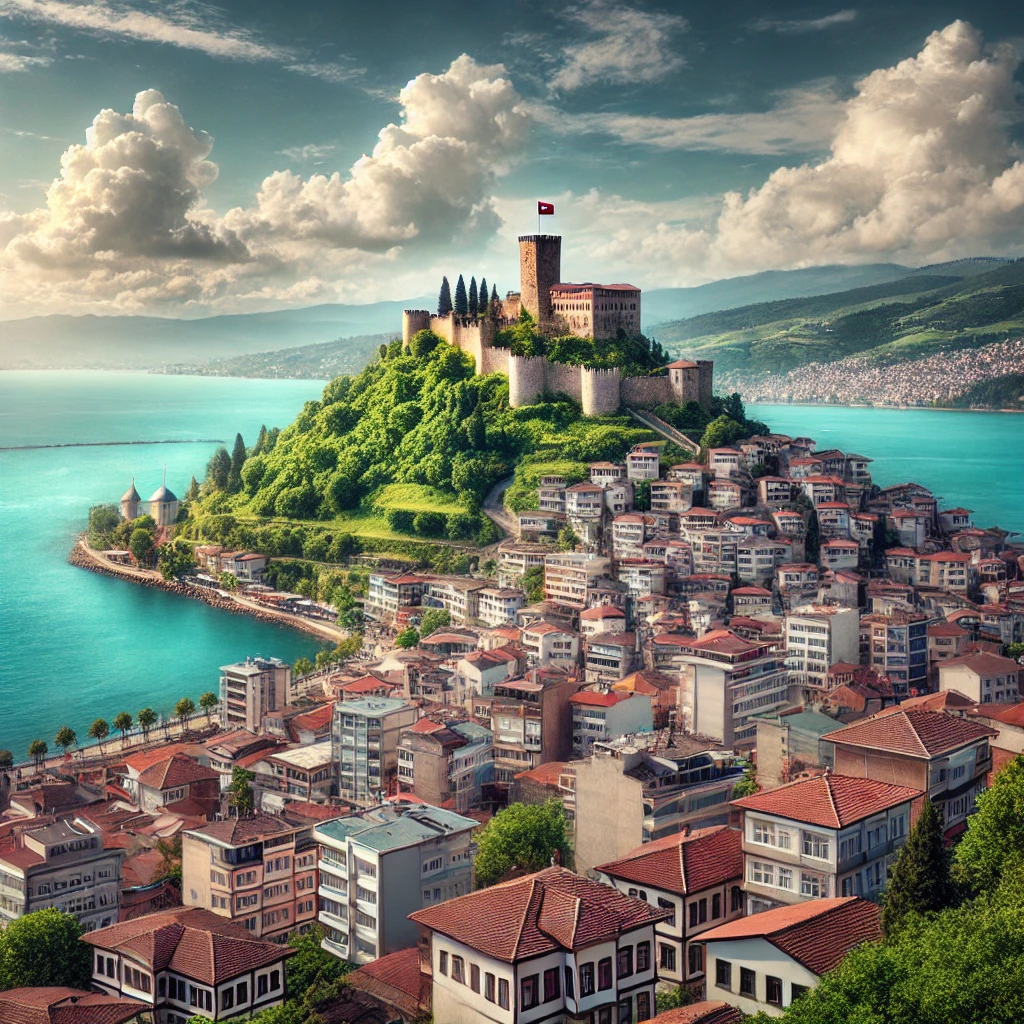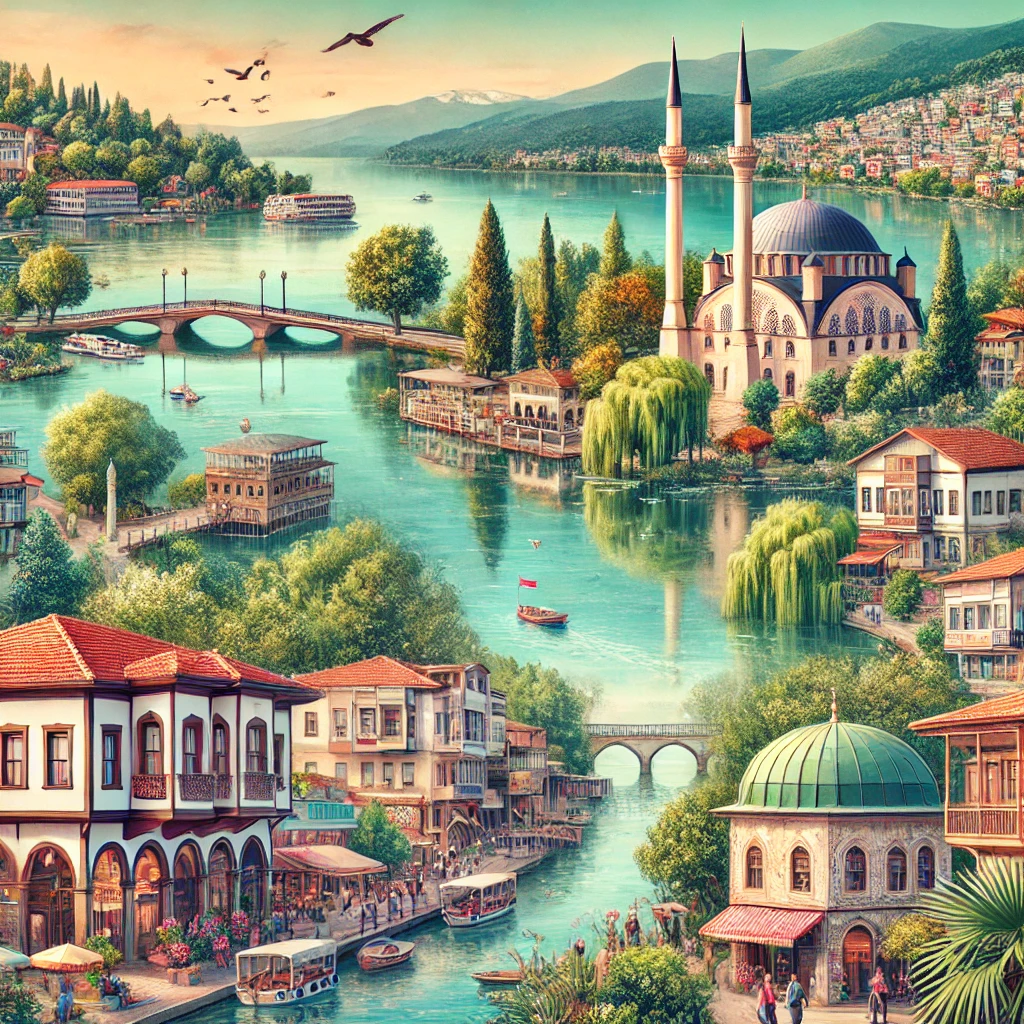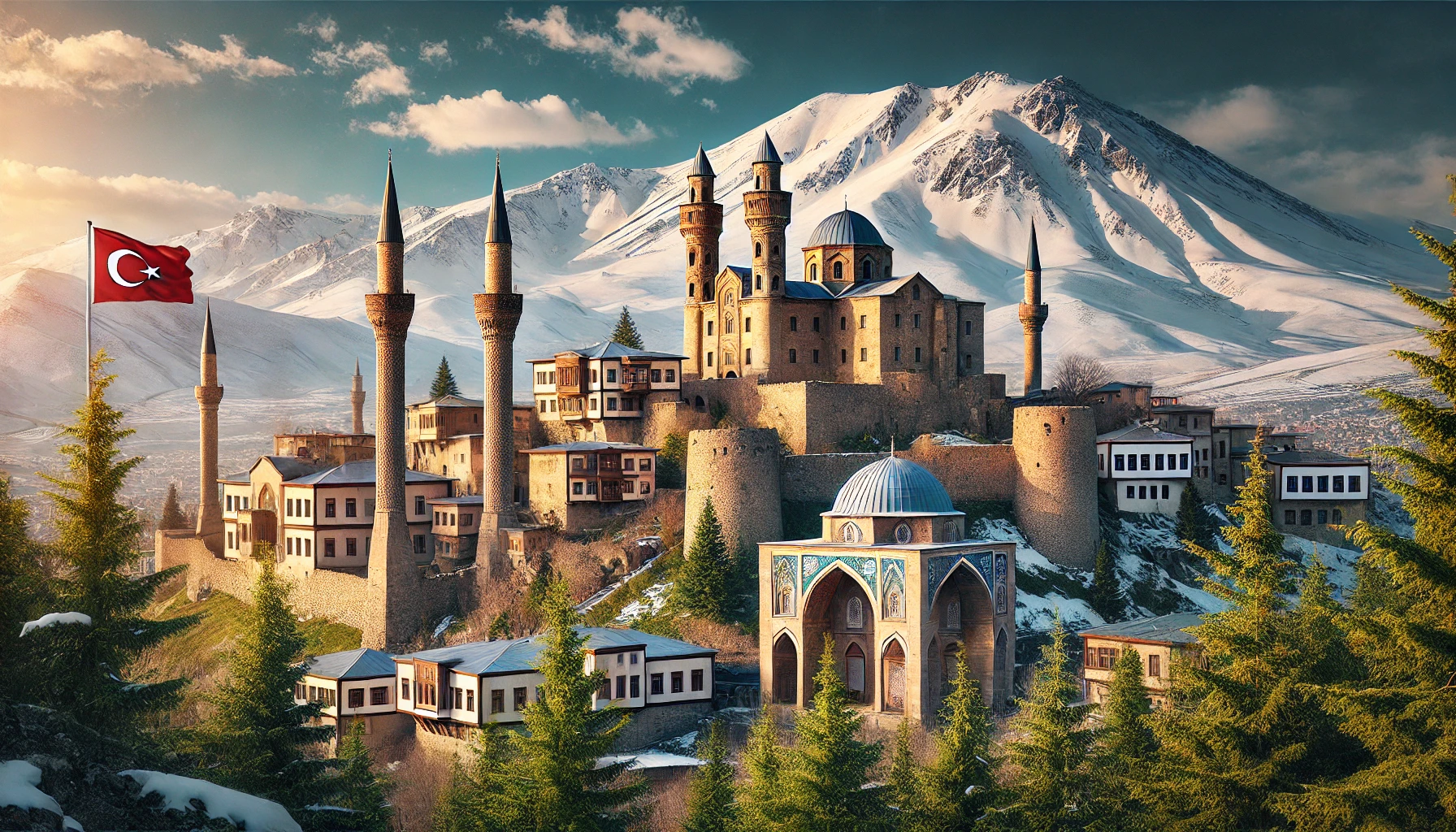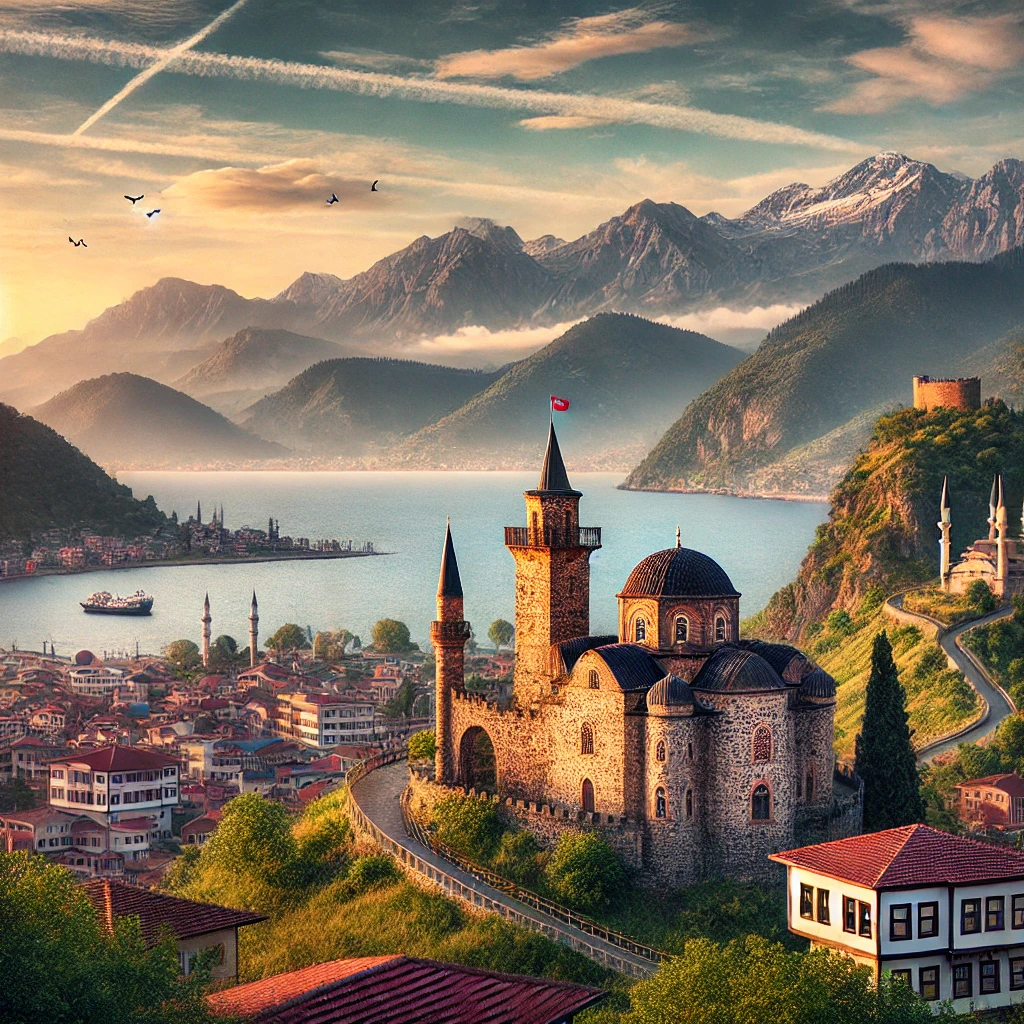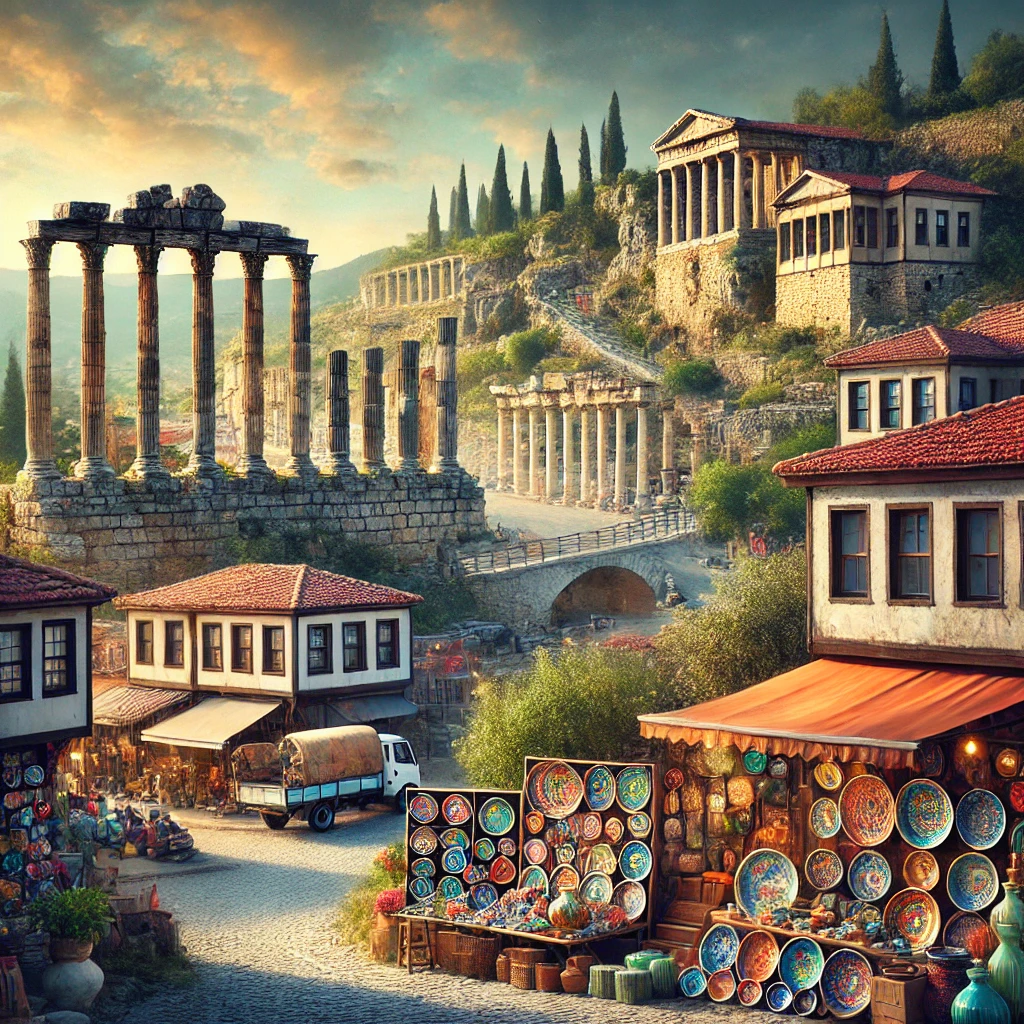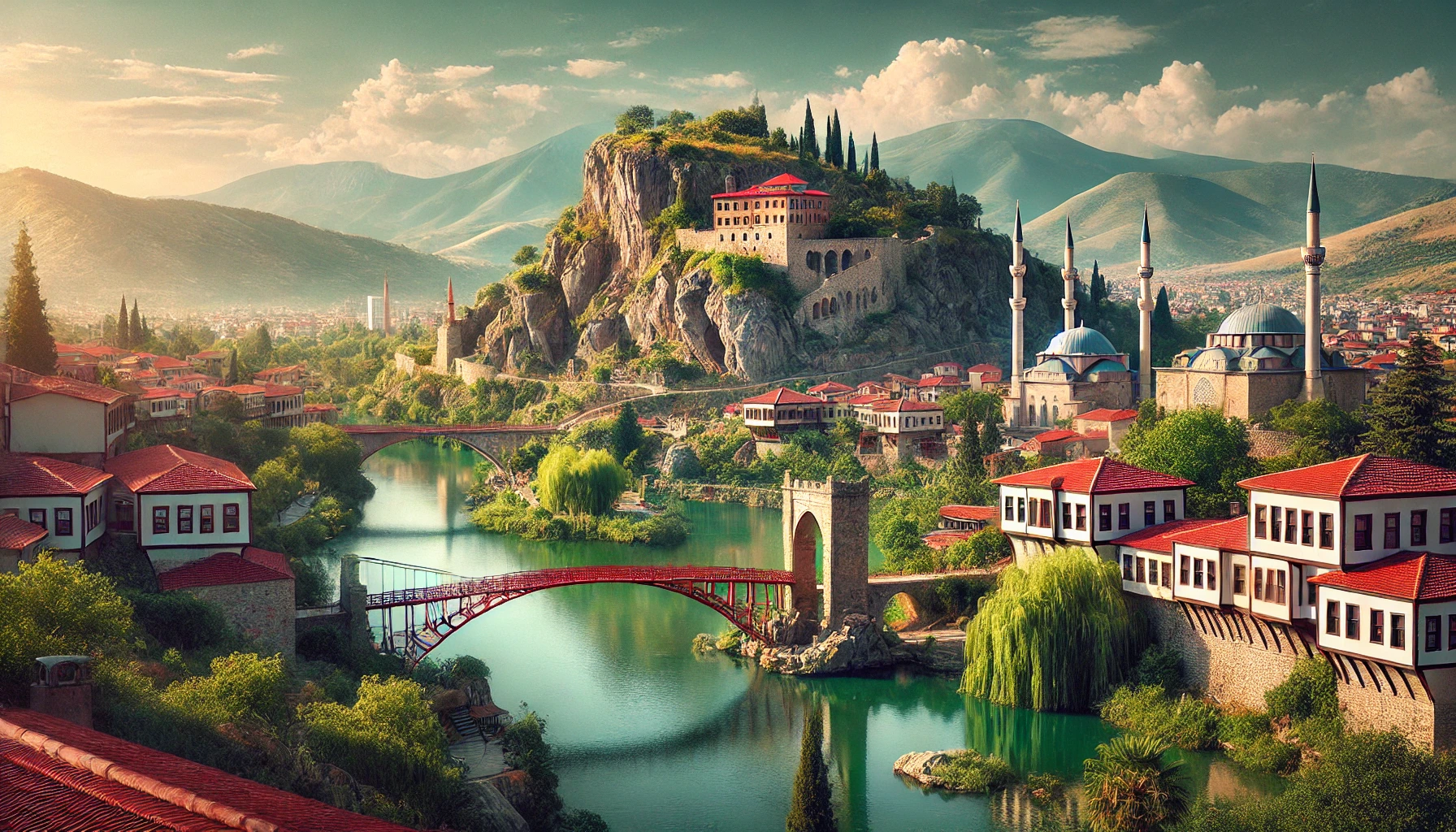Exploring Lake Van: A Jewel of Eastern Turkey
Lake Van (Turkish: Van Gölü; Armenian: Վանա լիճ, romanized: Vana lič̣; Kurdish: Gola Wanê) is the largest lake in Turkey and a true gem in the Eastern Anatolia Region. Its unique saline soda waters, breathtaking landscapes, and rich historical significance make it a must-visit destination for travel enthusiasts. This article delves into the fascinating aspects of Lake Van, covering its geography, history, and the myriad activities it offers to visitors.
The Natural Wonders of Lake Van
Geography and Hydrology
Lake Van Overview
Lake Van is situated in the provinces of Van and Bitlis, nestled in the Armenian highlands. It is a saline soda lake, receiving water from numerous small streams that cascade down from the surrounding mountains. Covering an area of 3,755 km² (1,450 sq mi), it stands at an altitude of 1,640 meters (5,380 ft) above sea level, making it one of the world’s few large endorheic lakes – lakes with no outlet.
Hydrology
The lake’s water is highly alkaline, with a pH of 9.7–9.8, and rich in sodium carbonate and other salts. This composition prevents the lake from freezing despite winter temperatures often dropping below 0°C (32°F). The lake’s average depth is 171 meters (561 ft), with its deepest point reaching 451 meters (1,480 ft).
Unique Geological Features
Tectonic Origins
Lake Van is primarily a tectonic lake, formed over 600,000 years ago due to subsidence of a large block of the Earth’s crust, influenced by several major faults. The southern margin of the lake demarcates a zone of metamorphic rock and volcanic strata from the Neogene and Quaternary periods.
Volcanic Influence
Mount Süphan, a stratovolcano, dominates the northern shore, while Mount Nemrut, another dormant volcano, lies near the western tip of the lake. These volcanic features have contributed to the lake’s unique geological and chemical characteristics.
Lake Van Historical Significance
Ancient Civilizations
Urartu Kingdom
Lake Van was the heart of the Urartu Kingdom, with its capital, Tushpa, situated near the lake’s shores. The Urartu civilization flourished here from around 1000 BC, leaving behind impressive fortresses and ruins that speak of a rich history.
Armenian Heritage
Throughout history, Lake Van has been a significant cultural and religious center for Armenians. It was home to many Armenian kingdoms, including the Kingdom of Vaspurakan. The area around the lake is dotted with historical Armenian monasteries and churches, such as the Cathedral of the Holy Cross on Akdamar Island.
Medieval and Modern Eras
Byzantine and Seljuk Empires
By the 11th century, Lake Van was a border region between the Byzantine Empire and the Seljuk Empire. The strategic importance of the area led to many battles and the establishment of fortresses.
Ottoman Empire and Beyond
Under the Ottoman Empire, Lake Van continued to be a vital region. In more recent history, it has been known for its unique local culture and historical sites, attracting scholars and tourists alike.
Attractions and Activities Around Lake Van
Akdamar Island and the Holy Cross Cathedral
Overview
One of the most iconic landmarks on Lake Van is Akdamar Island, home to the 10th-century Holy Cross Cathedral. This Armenian church is renowned for its stunning architecture and intricate stone carvings.
Activities
Visitors can take boat trips to the island, explore the cathedral, and enjoy the panoramic views of the lake and surrounding mountains.
Van Castle and the Ruins of Tushpa
Overview
Van Castle, located near the city of Van, offers a glimpse into the region’s ancient past. The castle, built by the Urartians, overlooks the ruins of Tushpa, the ancient capital of Urartu.
Activities
Exploring the ruins, climbing the castle for breathtaking views, and visiting the nearby Van Museum to see artifacts from the Urartian period are must-do activities.
Recreational Activities
Boating and Swimming
The saline waters of Lake Van are perfect for boating and swimming. The buoyancy of the water makes for a unique swimming experience.
Fishing
The lake is home to the Pearl Mullet, a fish species that migrates to less alkaline waters for spawning. Fishing, particularly during the migration season, is a popular activity.
Hiking and Nature Walks
The surrounding landscapes offer numerous trails for hiking and nature walks, allowing visitors to immerse themselves in the natural beauty and observe local wildlife.
Lake Van Practical Information for Visitors
Best Time to Visit
Seasonal Considerations
The best time to visit Lake Van is during the spring (April to June) and autumn (September to November) when the weather is mild and pleasant. Summer can be hot, while winter is cold, with temperatures occasionally dropping below -30°C in the surrounding region.
Getting Lake Van
Transportation Options
Lake Van is accessible by air, with regular flights to Van Ferit Melen Airport from major Turkish cities. The lake can also be reached by road or rail, with scenic routes offering stunning views of the Eastern Anatolian landscape.
Accommodation around Lake Van
Options
From luxury hotels in the city of Van to cozy guesthouses and camping sites around the lake, there are plenty of accommodation options to suit all budgets and preferences.
Lake Van Cultural Experiences
Local Cuisine
Traditional Dishes
Exploring the local cuisine is a must. The region is known for its unique dishes, including Van Breakfast, a hearty meal featuring a variety of cheeses, honey, olives, and more. Fresh fish from the lake, particularly the Pearl Mullet, is also a culinary highlight.
Lake Van Festivals and Events
Cultural Celebrations
Lake Van hosts various cultural festivals and events throughout the year, celebrating the region’s heritage and natural beauty. Participating in these events offers a deeper understanding of local traditions and customs.
Lake Van is a destination that offers a perfect blend of natural beauty, rich history, and cultural experiences. Whether you’re exploring ancient ruins, enjoying the serene landscapes, or indulging in local delicacies, Lake Van promises an unforgettable adventure. Plan your visit to this remarkable destination and discover why it is one of Turkey’s most treasured gems.
Discover Van: The Jewel of Eastern Anatolia
Van Province, located in the Eastern Anatolian region of Turkey, is a captivating destination that offers a blend of rich history, stunning natural landscapes, and vibrant cultural heritage. Nestled between Lake Van and the Iranian border, this province is a treasure trove for travel enthusiasts looking to explore a less-traveled path. In this article, we will delve into the various aspects of Van, from its historical significance to its modern-day attractions.
A Brief Overview of Van Province
Geography and Location
Van Province is situated in the eastern part of Turkey, encompassing an area of 20,921 km². It shares borders with Bitlis to the west, Siirt to the southwest, Şırnak and Hakkâri to the south, and Ağrı to the north. The province’s capital, Van city, lies on the eastern shore of Lake Van, one of the largest saline soda lakes in the world.
Demographics
As of 2022, Van Province has a population of 1,128,749 people. The city of Van is the largest urban center with a population of 525,016, followed by Erciş, which has 92,945 inhabitants. The province is predominantly inhabited by ethnic Kurds, reflecting the region’s diverse cultural fabric.
Historical Significance
Van has a deep historical legacy, being part of the ancient province of Vaspurakan and considered the cradle of Armenian civilization. Before the tragic events of the Armenian Genocide, Van was one of the six Armenian vilayets. Today, the remnants of this rich history are still visible, adding to the province’s allure.
Exploring the City of Van
The Van Castle
Historical Importance
The Van Castle, perched on a rocky outcrop overlooking the city, is a significant historical landmark. Built by the Urartians in the 9th century BC, the castle offers panoramic views of the city and Lake Van. It stands as a testament to the ancient civilizations that once thrived in this region.
Visitor Experience
Tourists can explore the castle’s ancient ruins, including inscriptions, walls, and the remains of ancient buildings. The site also provides an excellent vantage point for photography, especially during sunset when the landscape is bathed in golden hues.
The Holy Cross Cathedral on Akdamar Island
Architectural Marvel
The Holy Cross Cathedral on Akdamar Island is a 10th-century Armenian church renowned for its exquisite stone carvings and architectural beauty. The church’s detailed reliefs depict biblical scenes and Armenian cultural motifs.
Cultural Significance
The cathedral is a symbol of the Armenian heritage in the region and attracts both history buffs and architecture enthusiasts. Regular boat trips to the island make it easily accessible for tourists.
Delving into Van’s Cultural Heritage
The Van Museum
Exhibits and Collections
The Van Museum houses an extensive collection of artifacts from various periods, including Urartian, Armenian, and Ottoman eras. Exhibits include pottery, jewelry, inscriptions, and tools that provide insights into the region’s rich history.
Educational Value
The museum is a great place for visitors to learn about the cultural and historical development of Van. Interactive displays and detailed descriptions make the experience educational and engaging.
Local Cuisine
Unique Dishes
Van is famous for its unique cuisine, which reflects the diverse cultural influences of the region. Traditional dishes include “Van breakfast,” a lavish spread featuring local cheeses, honey, olives, and bread. Other local specialties include “kavut” (a type of porridge) and “ciğer” (liver).
Dining Experience
Visitors can enjoy these culinary delights at local restaurants and cafes, many of which offer scenic views of the lake or the mountains. The vibrant food culture adds an extra layer of enjoyment to any visit to Van.
Lake Van Video Highlights
Latest Update: Aug 4, 2024
Your Content Goes Here
TAGS: Armenian churches in Turkey, boat trips Lake Van, culture, fishing at Lake Van, historical sites, historical sites at Lake Van, Lake Van, Lake Van attractions, largest lake in Turkey, natural beauty, outdoor activities, things to do at Lake Van, tourism, travel, travel to Lake Van, Turkey, Van attractions, Van Gölü, Van Turkey tourism
Welcome to Van
A brief summary of the key points in this article.

